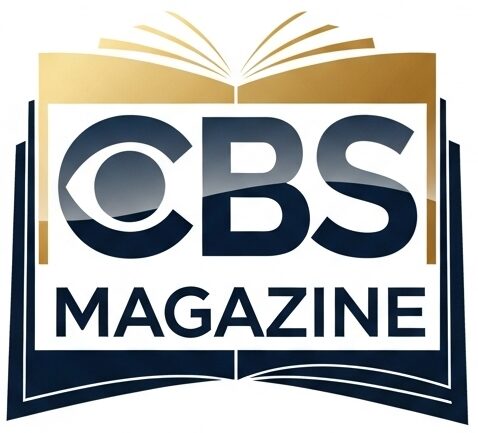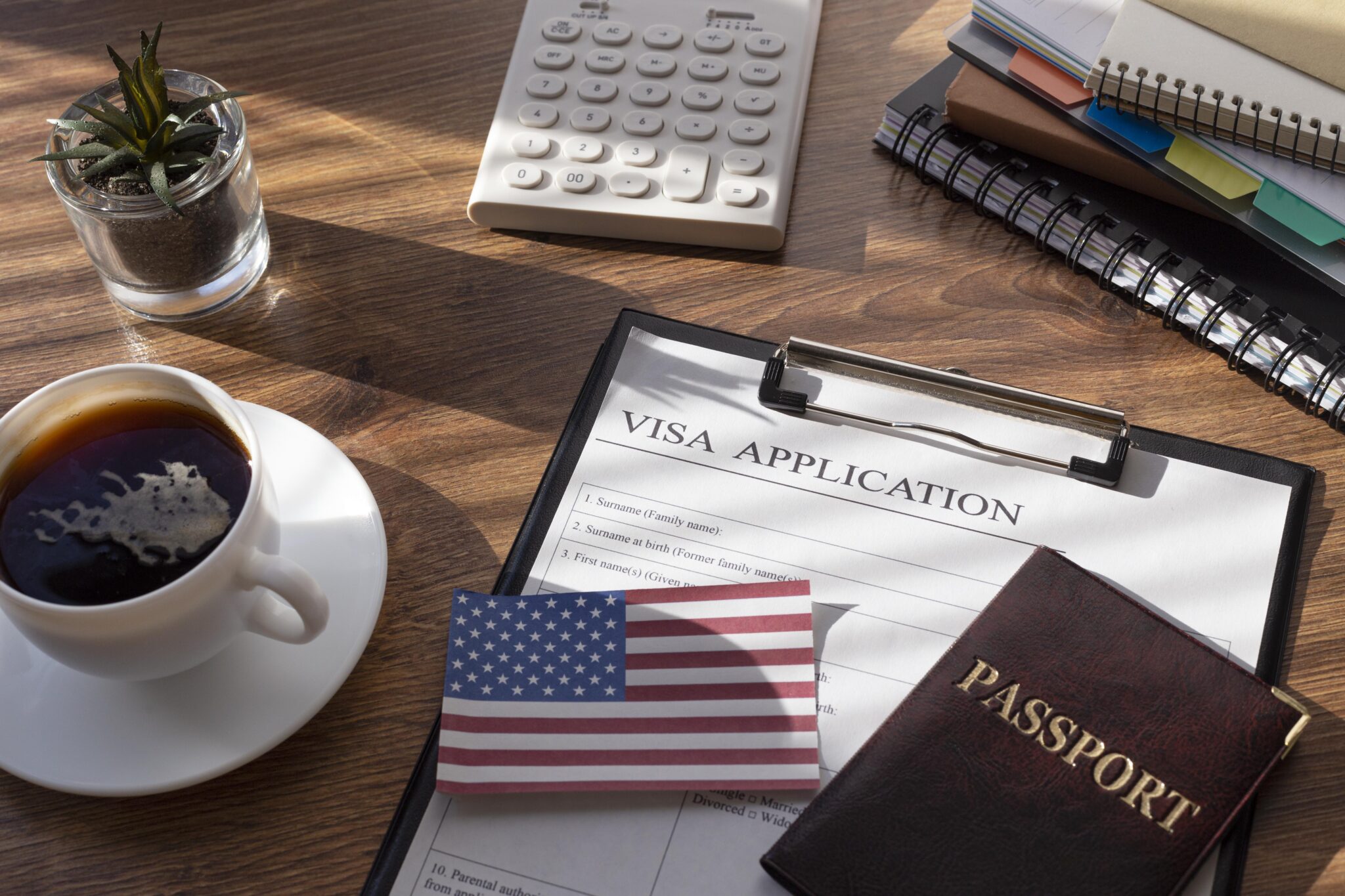In a surprising move, the Trump administration announced a new $100,000 fee for H-1B visa applications, causing widespread confusion and concern among employers, workers, and students, especially in the United States and India. This policy, which took effect on September 21, 2025, has raised questions about its implementation and long-term effects on businesses, workers, and the U.S. economy. Below, we break down the key details of the H-1B visa program, the new fee, and its potential impacts in simple, easy-to-understand language.
1. What Are H-1B Visas and Who Uses Them?
The H-1B visa is a temporary work visa created in 1990 to allow U.S. companies to hire foreign workers with specialized skills, such as software engineers, scientists, and doctors, when they can’t find qualified American workers. To qualify, workers need at least a bachelor’s degree or equivalent experience. These visas last for three years and can be extended for another three, with around 700,000 H-1B visa holders currently in the U.S., plus many dependents. About 60% of H-1B visas go to computer-related jobs, but they’re also used by hospitals, banks, universities, and other industries. In 2023, nearly three-quarters of approved H-1B visa holders were from India, making it the largest beneficiary country.
2. What Did the Trump Administration Do?
On September 19, 2025, President Donald Trump signed a proclamation imposing a $100,000 fee for new H-1B visa applications, a massive increase from the current $215 application fee plus additional processing costs. Initially, Commerce Secretary Howard Lutnick said the fee would apply annually, potentially costing companies $600,000 over six years per worker. However, the White House clarified on Saturday that it’s a one-time fee and does not apply to existing visa holders or renewals. Trump also introduced a “gold card” visa program, costing $1 million, for wealthy individuals seeking U.S. residency. The sudden announcement, with only 24 hours’ notice, has sparked confusion and fears of legal challenges for bypassing Congress.
3. Why Target H-1B Visas?
The Trump administration argues that the H-1B program is abused by companies that hire foreign workers at lower wages, replacing American workers and driving down salaries. A 2020 study found that 60% of H-1B jobs pay below the median wage for similar roles, supporting claims of wage suppression. The White House says the new fee will discourage companies from hiring lower-paid foreign workers and encourage them to train Americans instead. However, critics argue that most H-1B workers are highly skilled and fill critical gaps in industries like tech, where there aren’t enough qualified U.S. workers. They say the program boosts innovation and economic growth, not just cheap labor.
4. What’s the Impact on Businesses and Workers?
The $100,000 fee could have a big impact, especially on smaller businesses and startups that can’t afford it. Large tech companies like Amazon, Microsoft, and Google, which hire thousands of H-1B workers, may be able to pay, but industries like healthcare, retail, and education might struggle. This could lead to labor shortages in these sectors. Workers like Alan Wu, a data scientist in Indianapolis, are worried about their job prospects, as companies may hesitate to sponsor foreign workers due to the high cost. In India, experts predict the policy could push skilled workers to countries like Canada or Germany, where visa costs are lower, potentially hurting U.S. competitiveness.
5. Confusion and Uncertainty Surrounding the Policy
The sudden announcement caused panic, with some companies advising H-1B workers not to travel abroad until the policy is clearer. Questions remain about how the fee will be collected, whether it applies to universities and nonprofits (which are exempt from H-1B caps), and how it will affect visa extensions or changes in employment. Immigration experts like Leon Rodriguez and Bo Cooper say the lack of clear guidelines and forms for paying the fee adds to the confusion. The policy is also likely to face lawsuits, as critics argue Trump is overstepping his authority by making such a drastic change without Congressional approval.
6. Broader Implications for the U.S. and Global Talent
The fee hike could reduce the U.S. labor supply, raise wages due to fewer foreign workers, and push companies to move operations to countries with cheaper labor, like Ireland or India. Startups, which rely on international talent, may struggle the most, potentially stifling innovation. Greg Morrisett from Cornell Tech warns that future tech giants might relocate to Europe or Asia, costing the U.S. its edge in technology. Indian students hoping to study and work in the U.S. feel discouraged, with one saying it’s like “a door closing.” Meanwhile, competitors like Canada and Germany could benefit by attracting skilled workers turned away by the U.S.
What’s Next?
The H-1B fee increase is part of Trump’s broader immigration crackdown, which includes other measures like a $1 million “gold card” visa. While the administration says it’s protecting American workers, critics warn it could harm industries that rely on global talent, slow innovation, and drive jobs overseas. For now, employers and workers are left navigating uncertainty, waiting for clearer rules on how the fee will work. Legal challenges are expected, which could delay or change the policy. If you’re an H-1B worker or employer, it’s wise to consult an immigration lawyer and avoid international travel until more details are available.






















